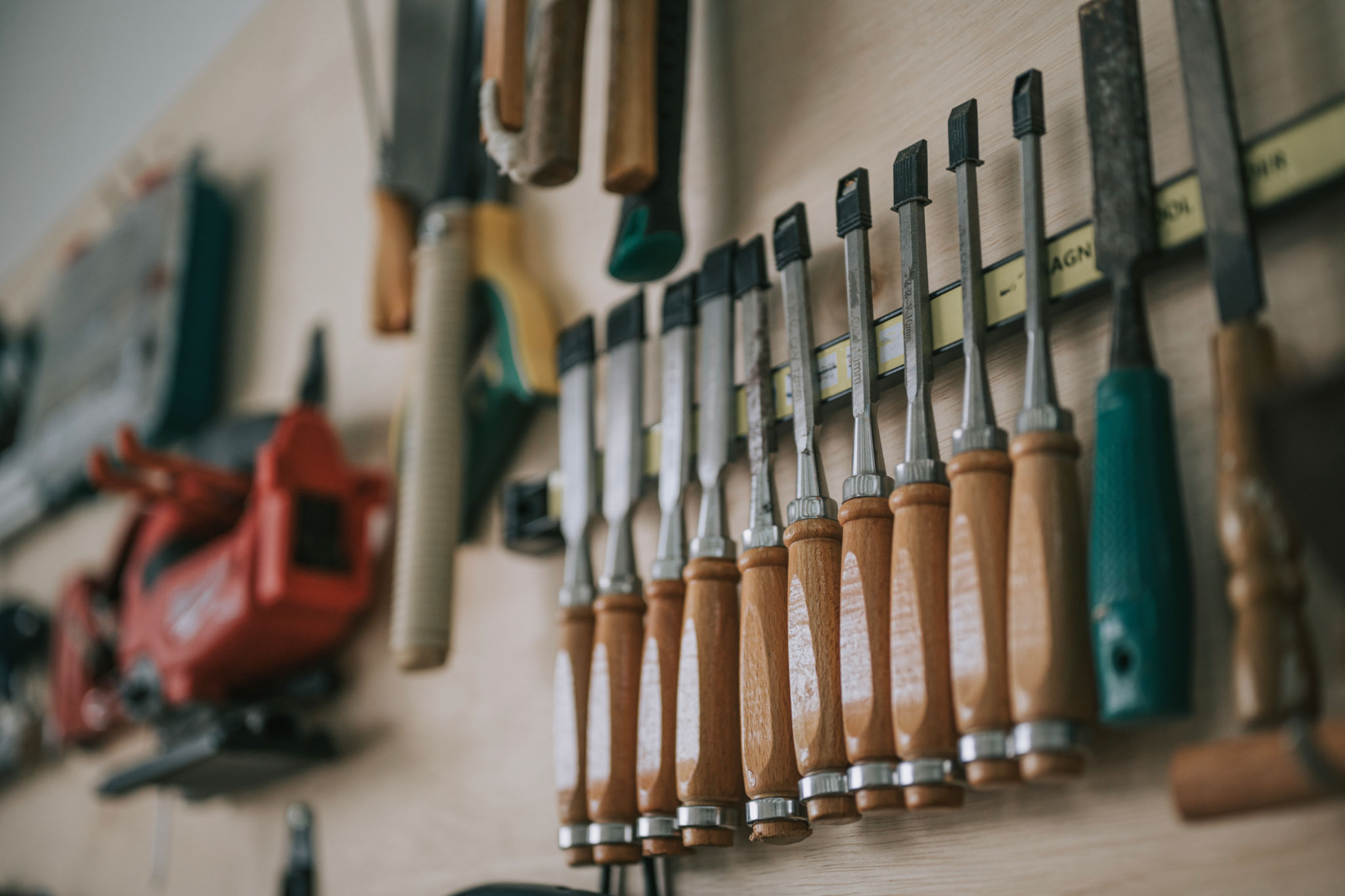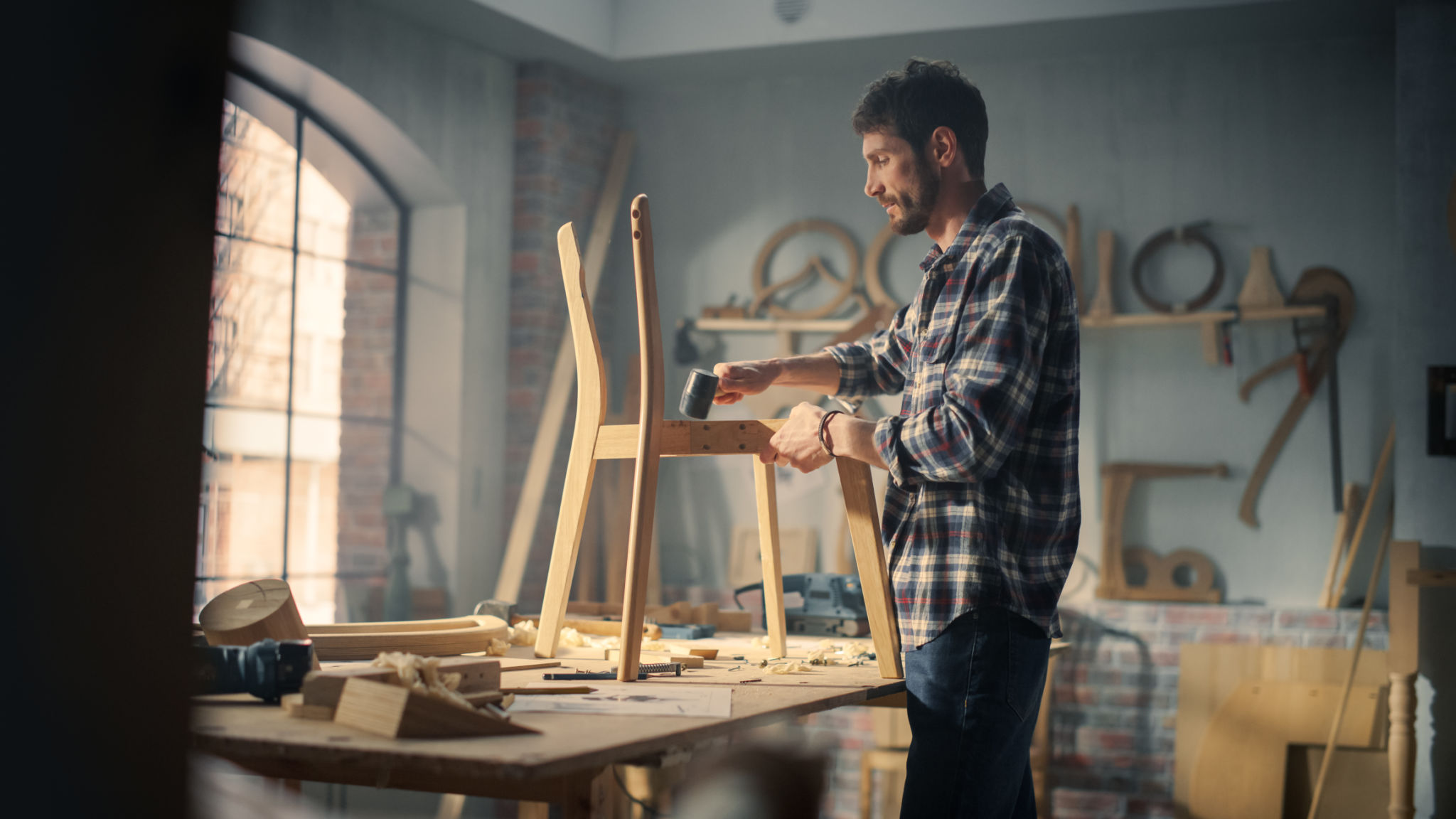The Art of Creating Rustic Handmade Furniture: A Comprehensive Guide
Creating rustic handmade furniture is more than just a craft; it's an art form that brings warmth and character into any home. Whether you are a seasoned woodworker or a beginner eager to dive into this engaging hobby, understanding the fundamentals of rustic furniture making can elevate your skills and transform your living spaces.

Understanding the Rustic Aesthetic
The charm of rustic furniture lies in its simplicity and connection to nature. This style embraces the use of natural materials, such as wood, stone, and metal, often leaving them in their most authentic state. The imperfections and unique characteristics of these materials are celebrated rather than concealed. This approach creates pieces that are not only functional but also rich in history and personality.
When creating rustic furniture, it's important to embrace the natural flaws of your materials. Knots, grain patterns, and variations in color add to the authenticity and charm of your piece. Selecting materials that tell a story is a vital aspect of this design philosophy.
Essential Tools and Materials
To start your journey in making rustic furniture, you'll need a few essential tools and materials. While power tools can speed up the process, traditional hand tools can provide more control and a satisfying connection to your work. Here’s a list of essentials:
- Hand saws and chisels
- Sandpaper and wood finish
- Drill and screws
- Measuring tape and square

The choice of wood is crucial in rustic furniture making. Hardwoods like oak, pine, and cedar are popular choices due to their durability and beautiful grain patterns. Reclaimed wood is also an excellent option for adding character and sustainability to your projects.
Building Techniques
Rustic furniture often features straightforward construction methods that highlight the natural beauty of the materials. Techniques such as mortise and tenon joints or dowel joints are commonly used for their strength and simplicity. These methods require precision but offer a sturdy foundation for your creations.
Another essential technique is distressing, which involves giving the wood an aged look using tools like hammers or chains. This process enhances the rustic appeal by introducing textures and weathered finishes that mimic years of wear.

Finishing Touches
Once your piece is constructed, the finishing touches bring your vision to life. Consider using natural stains or oils to protect the wood while enhancing its grain and color. Avoid overly glossy finishes; instead, opt for matte or satin finishes that complement the rustic style.
Adding hardware like wrought iron handles or hinges can further accentuate the rustic theme. These details should be both functional and aesthetically pleasing, contributing to the overall character of the piece.
Incorporating Rustic Furniture Into Your Home
Rustic furniture is versatile and can complement various interior styles, from country chic to modern minimalism. When incorporating these pieces into your home, balance is key. Combine rustic elements with contemporary designs for a harmonious look that feels both cozy and sophisticated.

Create inviting living spaces by mixing textures and colors. Pairing a reclaimed wood dining table with sleek metal chairs can create an interesting contrast that highlights the unique qualities of each piece. Use textiles like woven rugs or linen cushions to add warmth and comfort.
By understanding the art of creating rustic handmade furniture, you can craft pieces that are not only beautiful but also meaningful. These creations tell stories of craftsmanship, nature, and individuality, making them cherished additions to any home.
